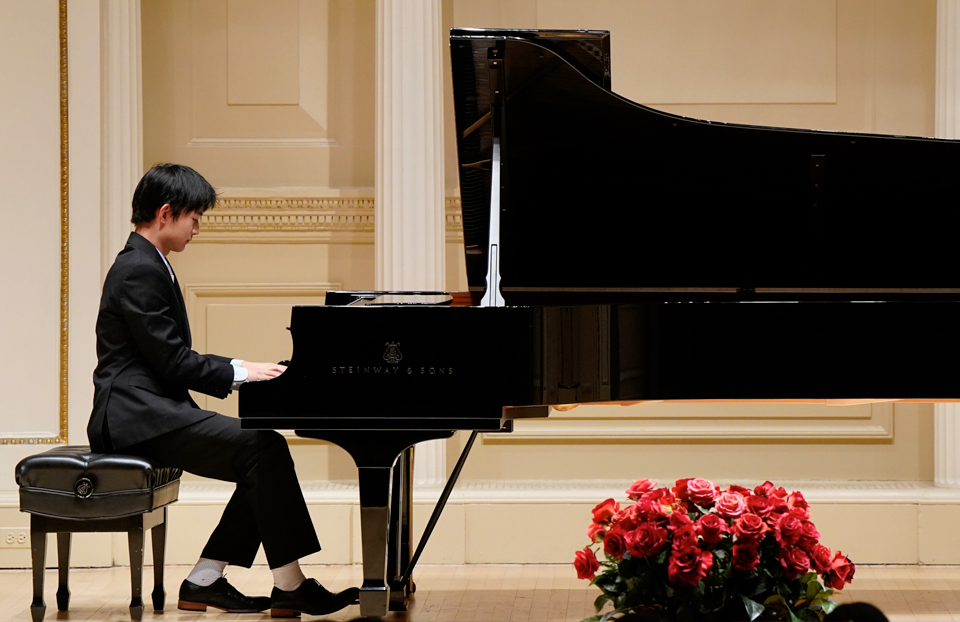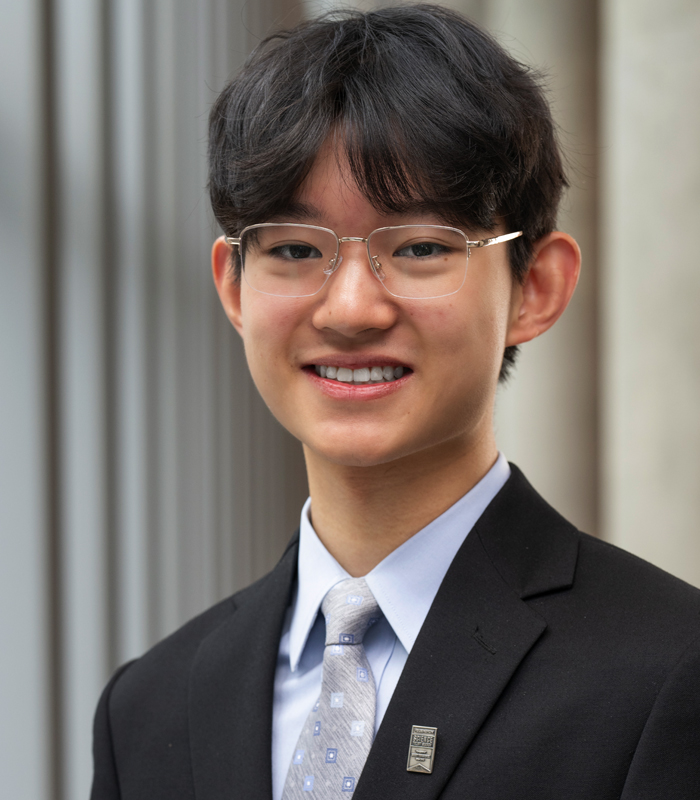A New Particle Pusher With Hadronic Interaction for Neutrino Emission
Minghao simulated particle motion near sources of neutrinos.
These nearly massless subatomic particles play a role in high-energy
astrophysics. Though common, they are hard to detect and study.
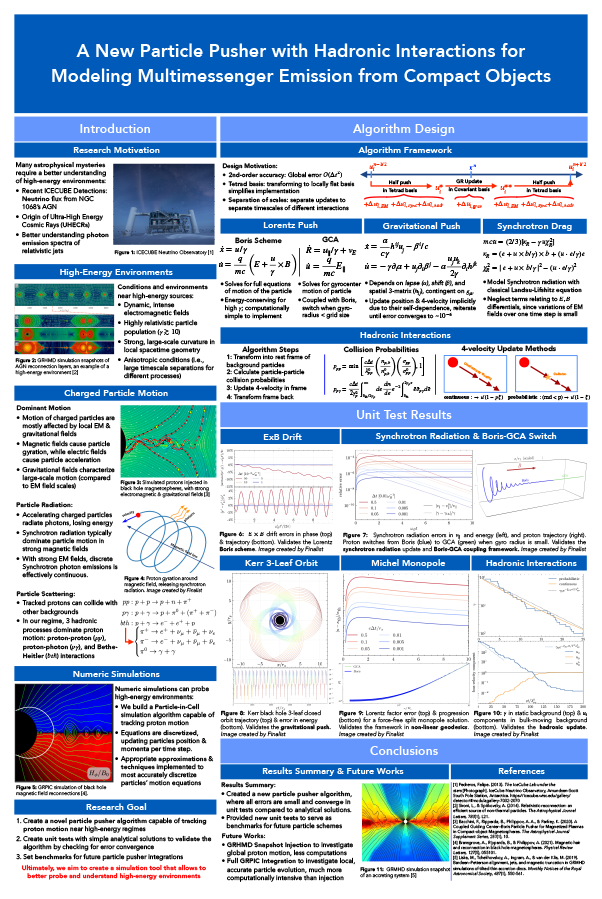
Minghao Zou, 18, of Santa Clara, CA, simulated particle motion near sources of neutrinos for his Regeneron Science Talent Search space science project. Neutrinos are nearly massless subatomic particles. They are abundant in the universe but very difficult to detect, so they are shrouded in mystery.
In his project, Minghao used simulations instead of direct observations to study neutrinos. He created an algorithm that considers phenomena that affect particle motion in extreme astrophysical conditions. These include electromagnetic and gravitational forces and interactions with nearby particles. He tested his model on known cases of neutrino emission, comparing what he found to known solutions. He made the code open-source and public for astrophysicists to study these simulations on a larger scale.
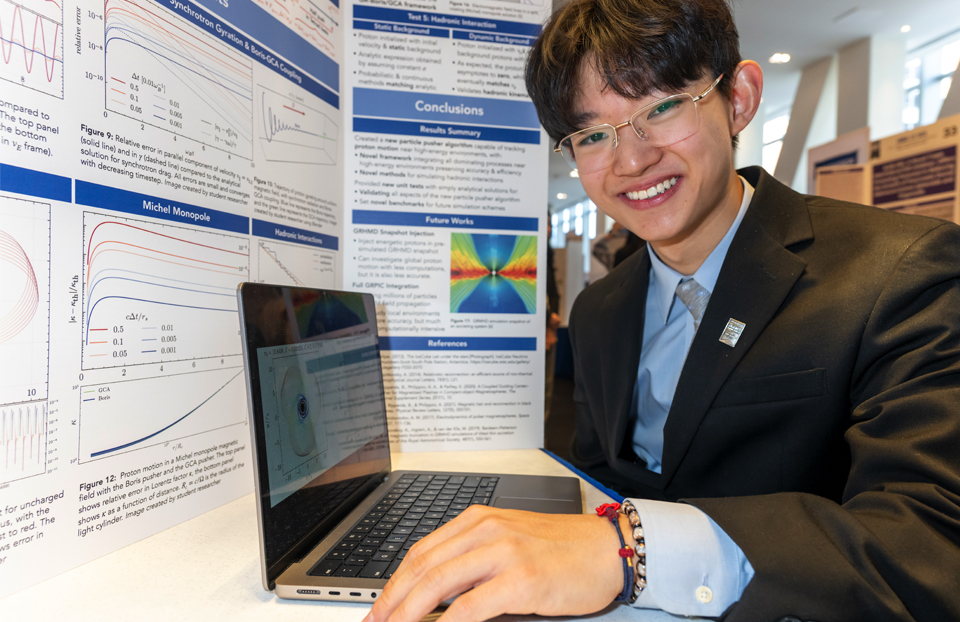
Minghao, the child of Yi Zou and Xiaoyan Liu, attends Valley Christian High School (San Jose, CA). He is a leader in the math and physics clubs. He also leads his school’s International Space Station research lab. He founded the nonprofit One People One Cosmos, which offers free astronomy resources to communities that are under-resourced.
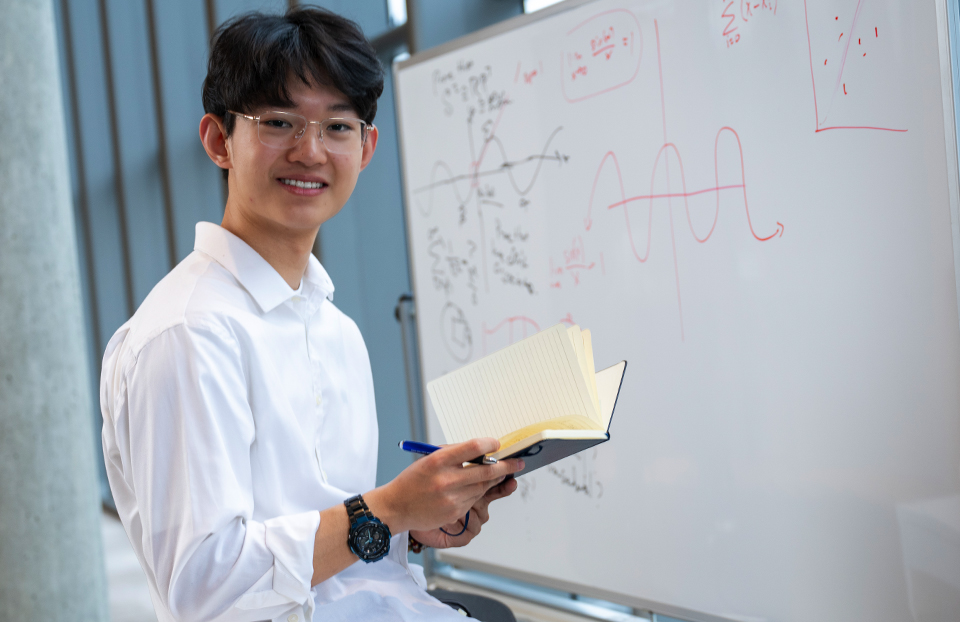
Beyond the Project
In 2022, Minghao created a machine-learning model with 1.4 million simulated asteroid streaks. It detected 14 previously unidentified asteroids. An astrophysical researcher verified these findings.
FUN FACTS: Minghao is an award-winning pianist, playing since age 5, and volunteers as a virtual piano tutor. He earned a silver medal in the 2024 U.S. Physics Olympiad.
